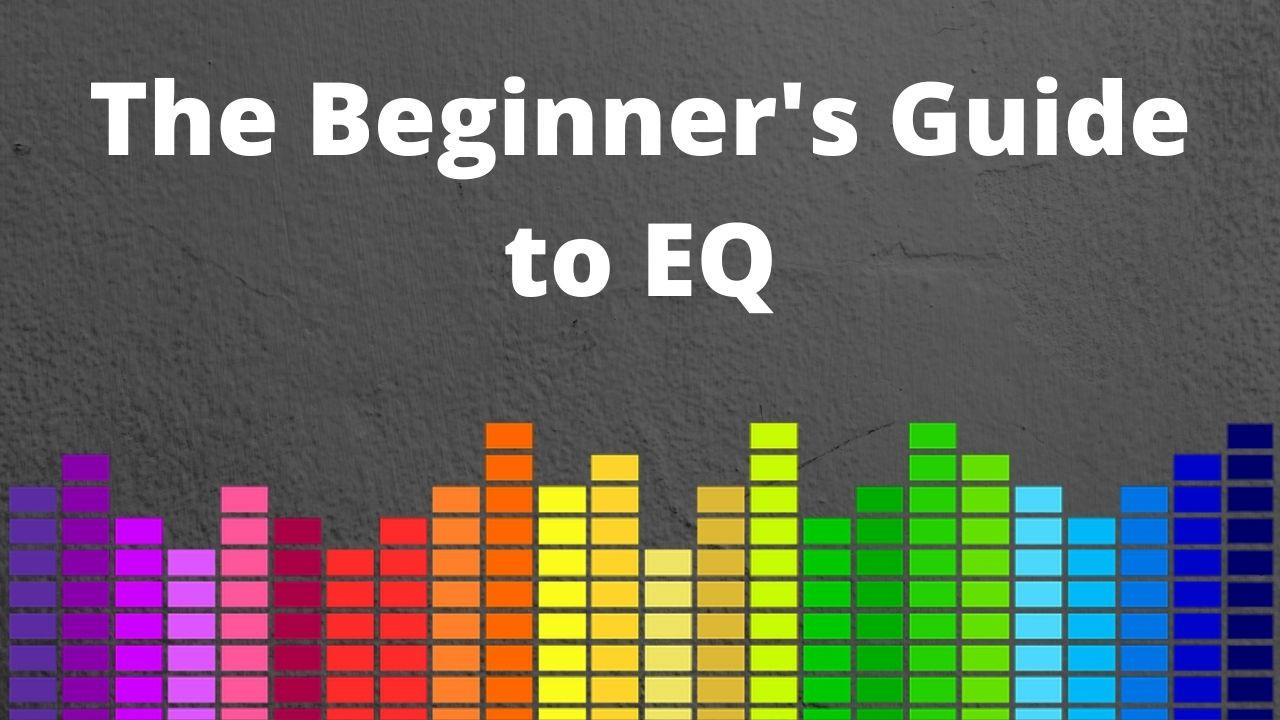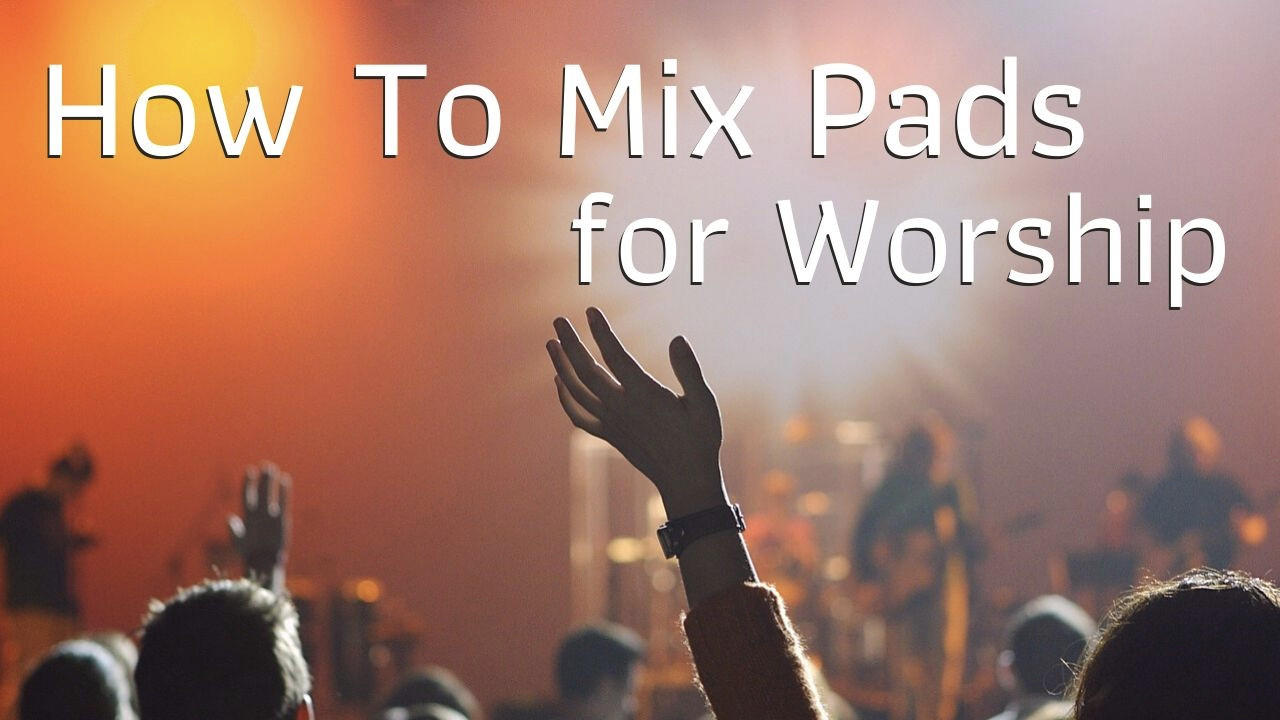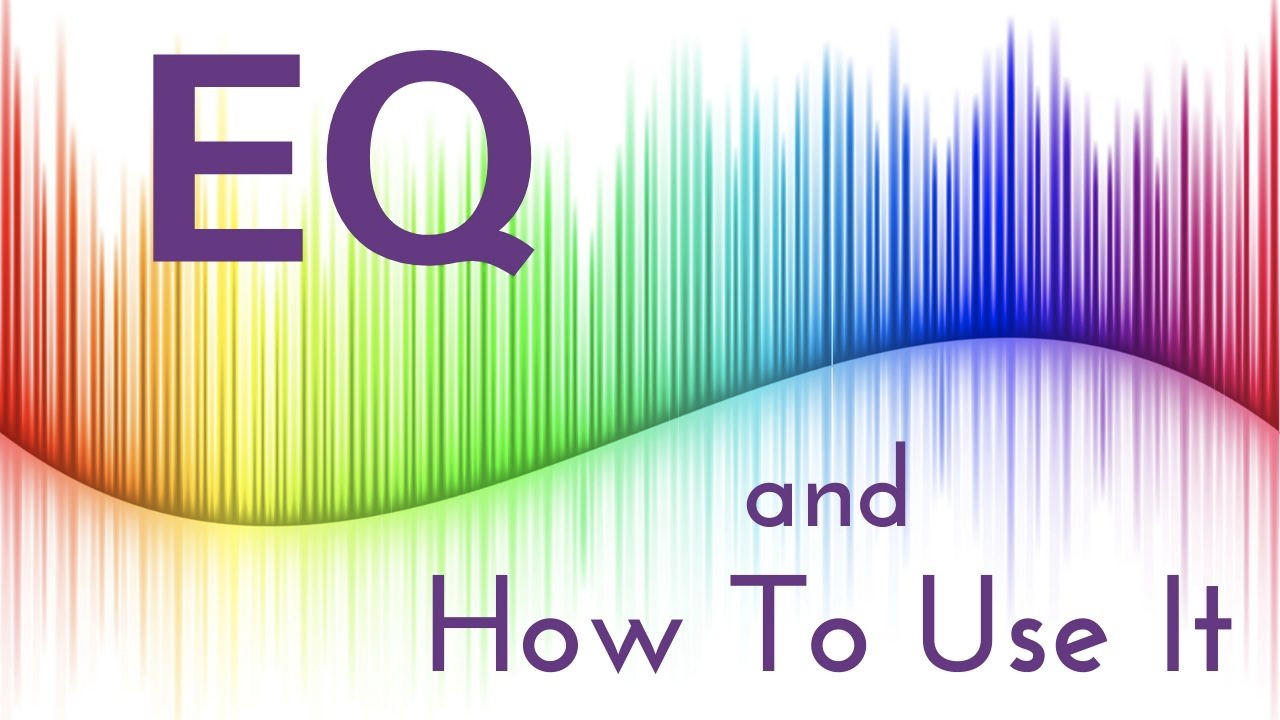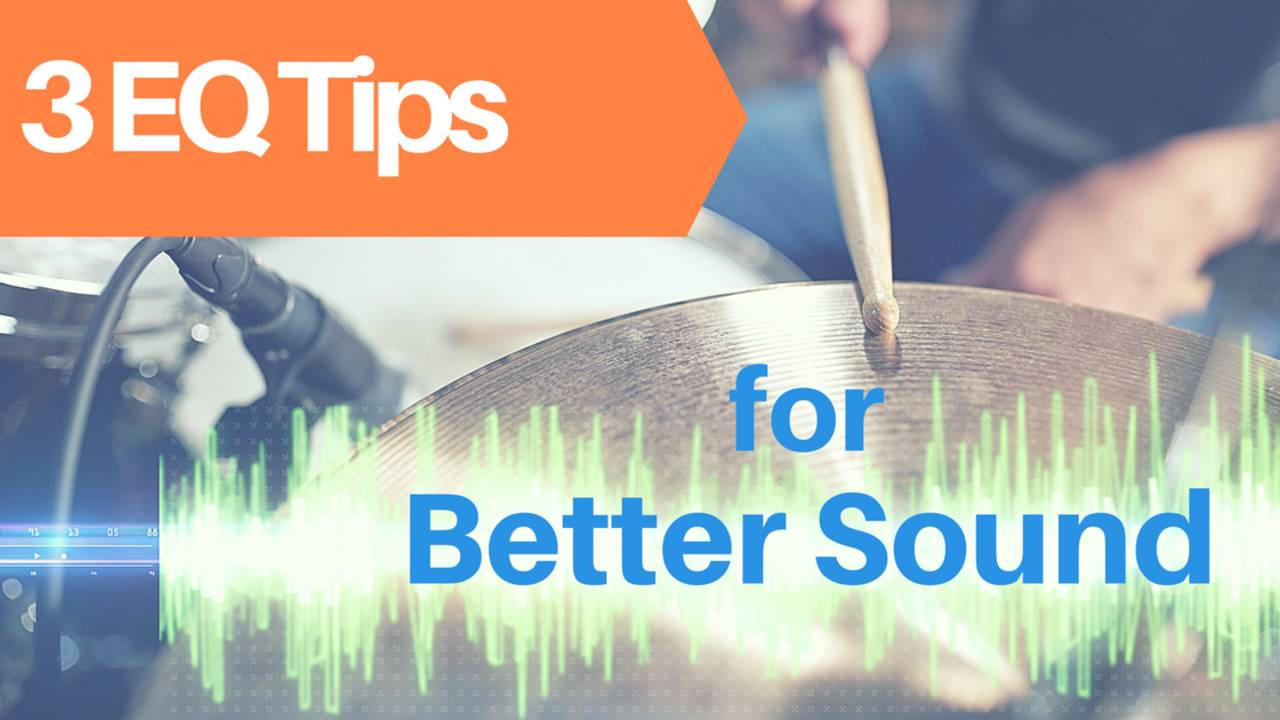Blog
Volume Levels for Worship

Everyone has an opinion about how loud worship should be at church.
Who’s right? How do you know what the best level is for your church?
The answer depends on several key variables. In this post we’ll address Safety, Music Styles, Acoustics, Volume Targets, and Mixing Techniques. Each of these things will have an impact on your worship volume.
Before sound techs and pastors can arrive at a solution for the worship volume level at church, it is important to cover some basic insights for acceptable and unacceptable volume ranges.
Volume Levels and Hearing
We measure volume in decibels, A-weighted (dBA). Zero dBA is, in theory, the lowest level of sound a human can hear. 140 dBA is an extreme level that results in pain. The average conver...
2 Awesome Tips for Simple Church Sound

Church sound can feel pretty complicated and overwhelming at times. There is so much to keep track of, especially for a beginner.
And when you add mixing effects (like EQ and reverb), live streaming, and finding help on the tech team, it can seem like an impossible job to get perfect.
I know what that feels like. It’s exciting to serve and “make things work” every week. But it’s also challenging to get it right all the time.
My biggest problem used to be figuring out how to control feedback. Then it was learning to EQ and training my ear. And finally it was the dreaded team building and management. Ahhhhh!
If you’ve served on the tech team for any length of time, I’m sure you can relate to one or more of those feelings – and probably a ...
How to Mix with EQ, Panning and Reverb

Mixing live sound can seem like it’s all about volume control, but it’s more involved than simply raising or lowering the faders of various audio sources.
You’ll want to use a few simple tools to help create a mix that has depth, texture, clarity, and focus.
Fortunately most consoles have these simple tools built in (yes, even analog consoles).
EQ – the most powerful mixing tool
EQ can do more for your sound than just about any other gadget in your audio toolbox.
Use EQ to clean up your mix, separate instruments that may be competing with each other, and shape the overall tone of your soundscape.
Use high pass (also called low cut) filters to reduce low frequency rumble in channels that don’t need the low end, like vocals.
Dial in th...
The Beginner's Guide To EQ

Note: this post is contributed by professional sound engineer Terry Bledsoe, author of The Beginner's Guide To Live Sound Mixing: Or How Not To Get Fired On Your First Gig
Equalization, or manipulating the tone of sound is broken down into two main parts: System EQ and Channel (or instrument) EQ.
System EQ is adjusting the sound for the type of speakers you are using and the space that you are mixing in.
Channel EQ is how we manipulate each instrument to be distinguishable and yet work within the entire mix.
Let’s start with a very basic System EQ.
System EQ Concepts
Your Tools
We shall begin with a simple Stereo sound system, as in mic, mixer, amp and two speakers.
This is the simplest system in the sound universe.
With analogue ...
How to Mix Pads for Worship

Adding an ambient pad to your worship team’s sound is becoming more and more common. Many worship leaders celebrate using pads because it’s an easy, turn-key way to add a depth of sound to your worship team’s instrumentation without adding a team member or learning complex new technology.
Pads create a “musical safety net” that affords worship leaders the freedom to focus less on the details and more on leading well. Pads are an amazingly effective, low-cost, easy-to-use resource.
Those who are inexperienced with pads, however, tend to have a common question:
“Won't a continual pad-drone clash with the worship team, especially when they change chords? And if it’s always playing, won’t the pad make everything sound muddy?”
Part of the an...
EQ and How To Use It

There is perhaps no better parameter for adjusting the quality of your sound than the equalizer. And it doesn’t have to be a complicated affair.
Mastering your use of the EQ for live sound will take some practice though. And it is imperative that you train your ears what to listen for. (See the helpful chart at the end of this post.)
Why EQ?
What’s the big deal about EQ, anyway?
Here are the basics:
Think of EQ as the volume control for a specific frequency range. A range is selected and the level adjusted, up or down. The range of frequencies, bandwidth or Q, can be broad or narrow, depending on the application and hardware (or software in the case of Digital Signal Processors).
The most basic EQ features a simple bass and treble (or...
How to Make Your Pastor Sound Great

If there is one thing you have to have right to get great sound at church it is this one thing:
Great sound from the pastor's microphone.
Unfortunately a lot of churches struggle every week to get the sound they want from their pastor and teacher.
What a travesty! If there is anything a church sound system is designed to do, it is to provide clear and accurate transmission of the spoken word. All other needs and priorities take a back seat to this one critical requirement.
We’ve probably all experienced this problem at some point.
What does it sound like?
First we need to discuss the simple yet important sound qualities we’re looking for when it comes to clear delivery of the spoken word.
Sound from the pastor or presenter’s micropho...
3 EQ Tips for Better Sound

There are several EQ tips that you can use to get better sound at church.
Most of them involve things like using a high pass filter, notching filters to get rid of feedback, and cutting frequencies instead of boosting them. (How many times have you heard that!?)
However, there are a few specific tips that can really sweeten your sound – and they don't seem that important at first. In fact, some of them seem counter-intuitive!
In this post you'll discover:
- The one EQ filter that makes drums sound better
- How to make the bass guitar sound great in the mix (hint: it’s not about the lows)
- EQ tips just for backup vocals
OK, let's get to it!
TIP #1: One EQ Filter That Makes Drums Sound Better
EQ'ing live drums might be one of the more...





